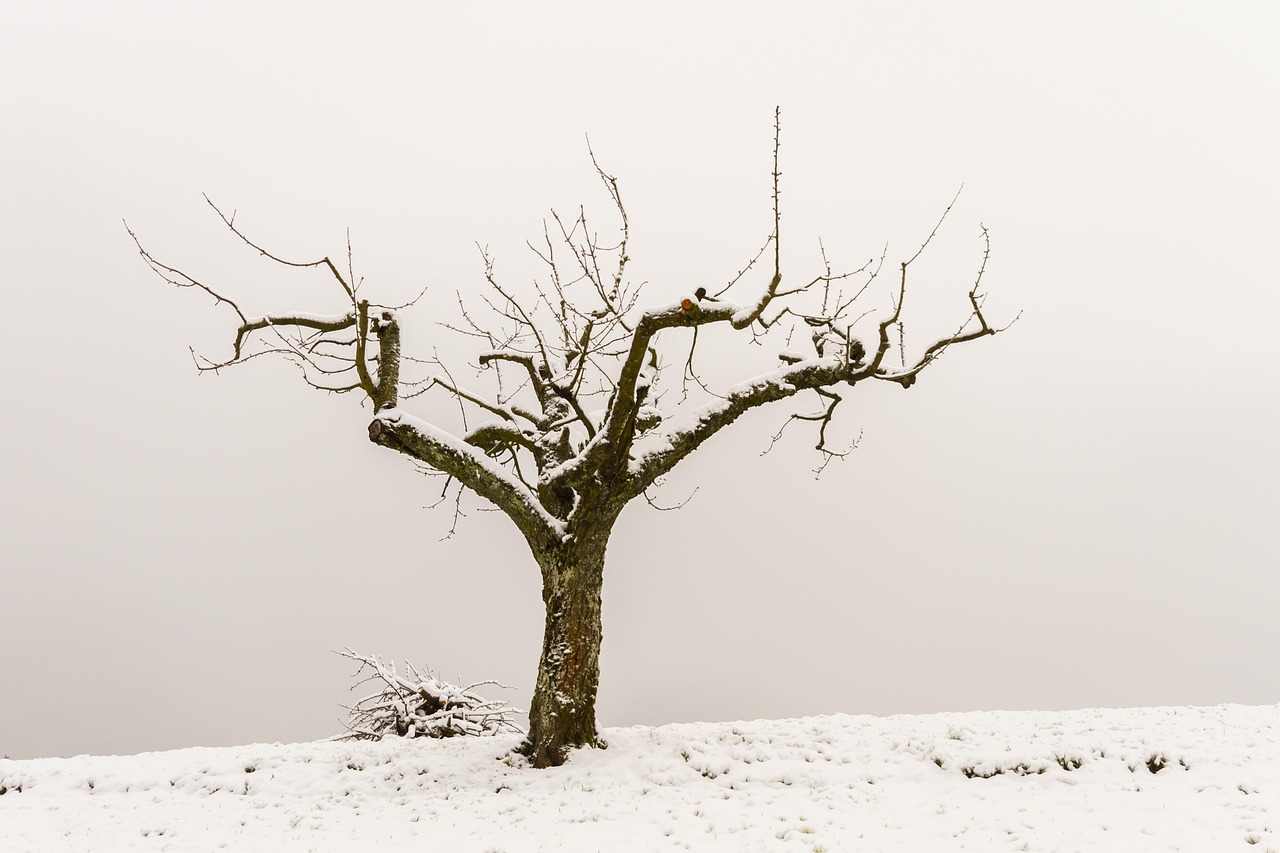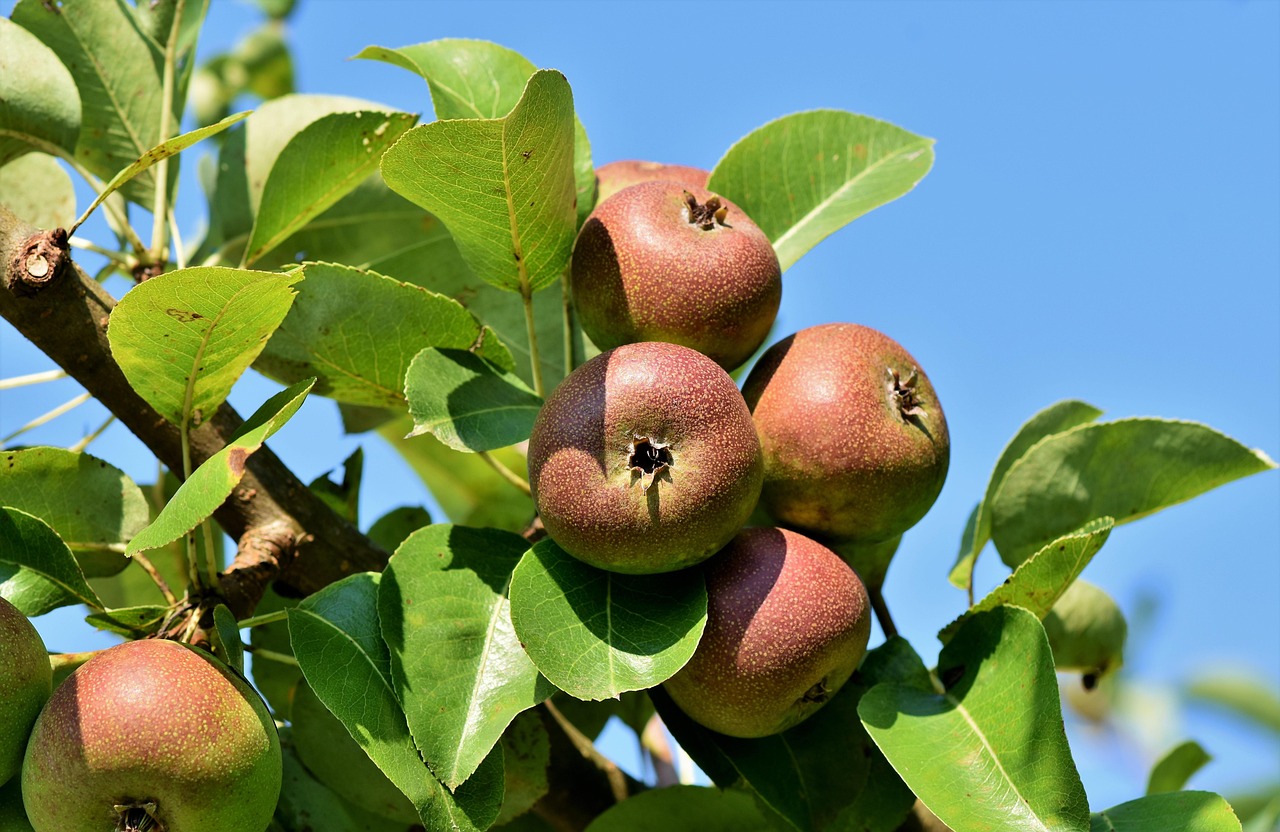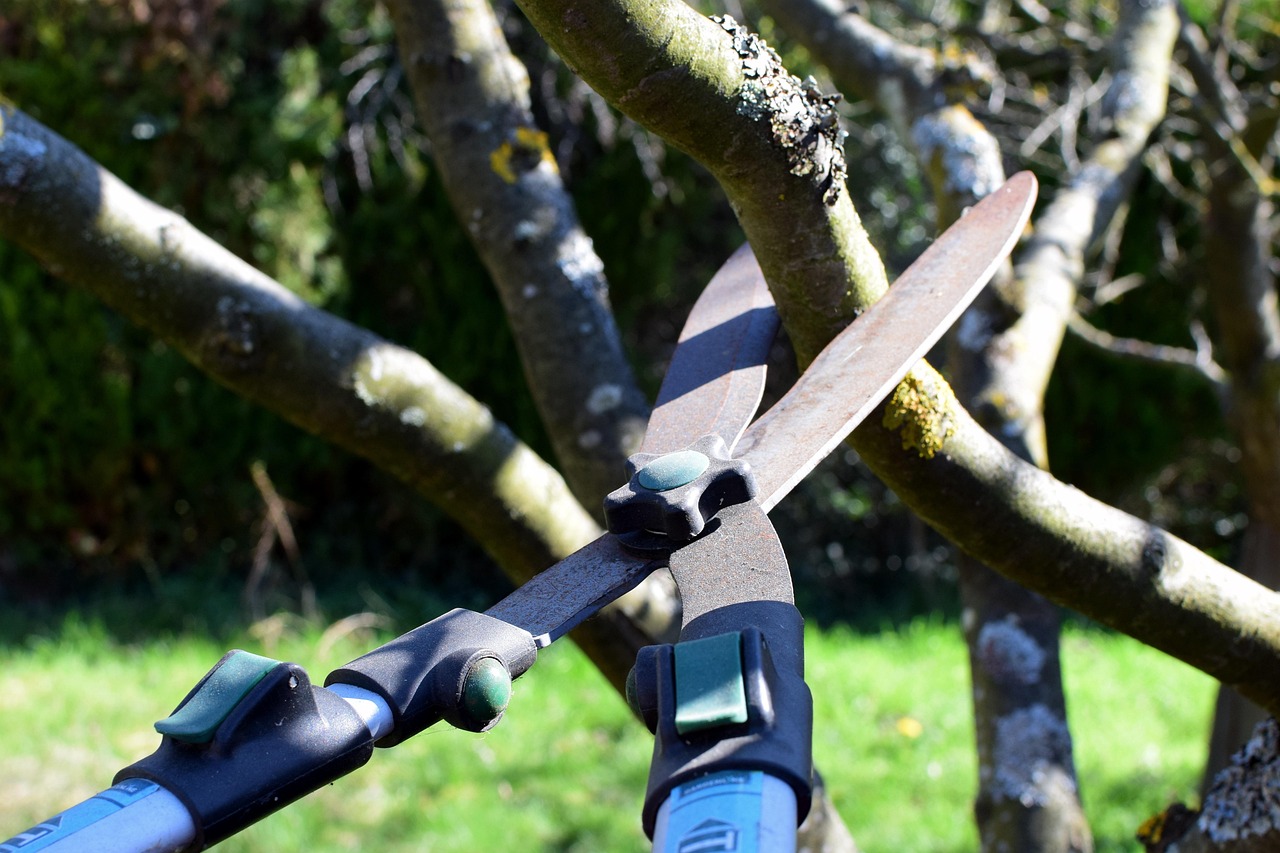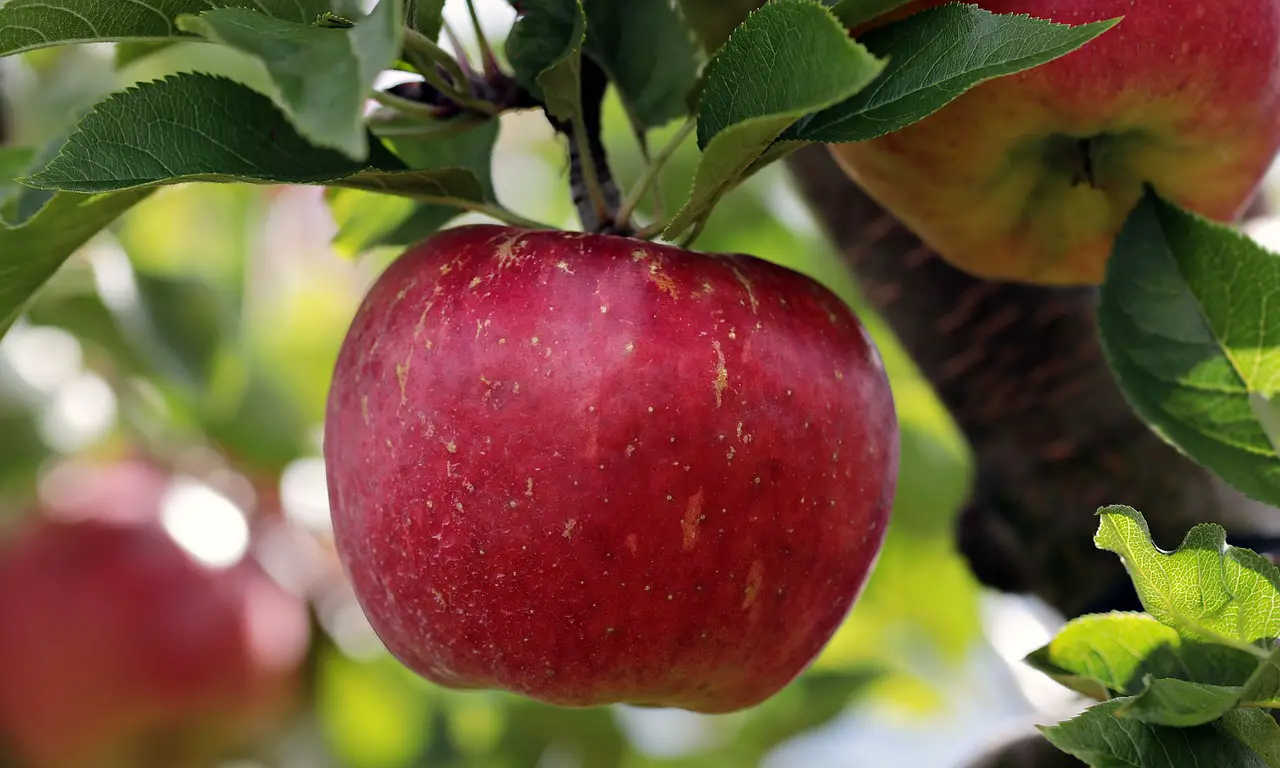Pruning apple trees is essential for their health and productivity. The best time to prune varies throughout the year. Generally, late winter or early spring is ideal for structural pruning, while summer and fall are suitable for maintenance pruning.
Apple trees are popular among home gardeners and orchardists alike. They not only provide delicious fruit but also enhance the beauty of any landscape. However, proper care is crucial to ensure healthy growth and abundant yields. One of the most important aspects of apple tree care is pruning. Pruning helps to shape the tree, remove dead or diseased branches, and improve air circulation. Understanding the right timing for pruning can significantly impact the overall health of the tree and its fruit production.

There are different types of pruning techniques that can be employed throughout the year. Each technique serves a specific purpose and is most effective during certain seasons. In this article, we will explore a comprehensive timeline for apple tree pruning, detailing the tasks that should be performed in each season. By following this timeline, you can ensure your apple trees receive the necessary care they need all year round.
Understanding the Importance of Pruning
Pruning is not just about cutting branches. It is an essential practice that promotes vitality in apple trees. Here are some key benefits of regular pruning:
- Encourages healthy growth by removing weak or diseased branches.
- Improves sunlight penetration, which is vital for photosynthesis.
- Enhances air circulation, reducing the risk of fungal infections.
- Shapes the tree for easier harvesting and maintenance.
- Increases fruit yield and quality by directing energy to productive branches.
The timing and method of pruning can vary based on the age of the tree and local climate conditions. Therefore, it is essential to understand when to implement these practices to achieve optimal results.

Seasonal Pruning Guide
The following sections will outline a detailed pruning timeline for apple trees throughout the year. Each season offers unique opportunities for different pruning techniques.
Winter Pruning (December – February)
Winter is often considered the best time for major pruning tasks. During this dormant period, trees conserve energy, making it an ideal time to shape their structure. Here are some key points to consider:
- Prune when the tree is dormant to reduce stress.
- Avoid pruning during extremely cold days to prevent damage to the tree.
- Focus on removing dead, damaged, or crossing branches.
This is also a good time to thin out crowded areas to allow better light penetration. Use clean, sharp tools to make clean cuts, which will help prevent infections.

Spring Pruning (March – April)
As temperatures rise and buds begin to swell, spring is an excellent time for minor adjustments and maintenance:
- Inspect for any winter damage and address it accordingly.
- Remove suckers or water sprouts that compete for nutrients.
- Make light cuts to encourage new growth without stressing the tree.
This period is crucial for ensuring that the tree can focus its energy on developing flowers and fruit rather than on unnecessary foliage.
Summer Pruning (June – August)
Summer pruning helps manage growth and improve fruit quality:

- Thin out excessive growth to promote better air flow.
- Remove any branches that may be growing inward towards the center of the tree.
- Cut back new growth to maintain size and shape.
Additionally, summer pruning can help in redirecting the tree’s energy towards fruit development rather than excessive branch growth.
Fall Pruning (September – November)
Fall is generally not recommended for heavy pruning, but some maintenance tasks can be performed:
- Remove any dead or diseased branches discovered during the harvest season.
- Conduct light thinning to prepare for winter dormancy.
This is a good time to prepare your tools for winter storage while reflecting on the performance of your apple trees throughout the growing season.
Tools Required for Pruning
Having the right tools makes pruning easier and more effective. Here are some essential tools you should consider:
| Tool | Description |
|---|---|
| Pruning Shears | Used for cutting small branches and stems with precision. |
| Loppers | Ideal for cutting larger branches that are too thick for shears. |
| Saws | A good quality saw is necessary for larger limbs that require more power. |
| Gardening Gloves | Protect your hands from sharp branches and thorns during pruning. |
Using proper tools will not only make the job easier but also ensure clean cuts that promote healing in your apple trees. With this detailed pruning timeline, you can effectively manage your apple trees throughout the year to achieve healthy growth and bountiful harvests.
Common Pruning Mistakes to Avoid
While pruning is essential for the health of apple trees, it is also easy to make mistakes that can lead to poor results. Understanding these common errors can help you avoid them and maintain your trees more effectively.
- Pruning at the Wrong Time: Timing is crucial. Pruning too early in late winter can expose trees to harsh weather. Conversely, waiting too long into spring can disrupt budding.
- Over-Pruning: Removing too many branches can stress the tree. Aim for a balanced approach, focusing on dead or diseased wood while preserving enough foliage for photosynthesis.
- Ignoring Tree Structure: Failing to consider the natural shape of the tree can lead to an uneven canopy. Always prune with an eye towards maintaining a balanced structure.
- Using Dull Tools: Dull cutting tools can cause ragged cuts, which are more likely to lead to infection. Always use sharp tools for clean cuts.
- Neglecting Safety: Climbing ladders without proper precautions or failing to wear protective gear can result in injuries. Always prioritize safety when pruning.
Signs Your Apple Tree Needs Pruning
Recognizing when your apple tree requires pruning is vital for its health and productivity. Here are some signs to watch for:
- Dead or Diseased Branches: Any branches that appear dead, discolored, or diseased should be pruned immediately. This prevents the spread of disease to healthy parts of the tree.
- Crowded Canopy: If branches are too close together, it limits air circulation and sunlight exposure. Thinning out excess branches helps improve overall tree health.
- Suckers and Water Sprouts: These are vigorous shoots that often appear at the base or along branches. They consume energy needed for fruit production and should be removed.
- Pest Infestations: If you notice an increase in pests, it may be a sign that the tree’s health is declining. Prune affected areas to help control pest populations.
Pruning Techniques for Different Apple Tree Varieties
Different apple tree varieties may require specific pruning techniques. Understanding the unique needs of your apple trees can enhance their growth and fruit production. Below are techniques tailored for various types of apple trees:
Dwarf Apple Trees
Dwarf apple trees are smaller and easier to manage, but they still require regular pruning:
- Central Leader System: Maintain a central leader by cutting back competing branches, ensuring the tree grows up straight.
- Light Thinning: Focus on thinning out branches to promote air circulation without removing too much foliage.
Standard Apple Trees
Standard apple trees often have a larger canopy, requiring different techniques:
- Open Center Pruning: Create an open center by removing inner branches. This promotes better light exposure and air circulation.
- Layered Structure: Maintain lower branches for fruit production while encouraging upward growth for overall height.
Espalier Apple Trees
Espalier trees are trained against a wall or trellis, requiring precise pruning techniques:
- Flat Structure Maintenance: Regularly prune to maintain a flat shape, ensuring that branches grow horizontally.
- Cautious Cuts: Be careful not to remove too much foliage, as this can disrupt the growth pattern.
The Role of Fertilization in Pruning
Fertilization plays a critical role in the overall health of apple trees, especially after pruning. When you prune, you may remove a significant amount of foliage, which can impact the tree’s ability to produce energy through photosynthesis. Here are some important points regarding fertilization:
- Timing: Fertilize in early spring before new growth begins. This ensures that nutrients are available when the tree starts to grow.
- Nutrient Balance: Use a balanced fertilizer that provides nitrogen, phosphorus, and potassium. These nutrients support growth and fruit production.
- Avoid Over-Fertilization: Too much fertilizer can lead to excessive growth at the expense of fruit production. Follow application guidelines carefully.
Watering Practices Post-Pruning
After pruning, maintaining proper watering practices is essential for recovery and growth. Here are some tips to ensure your apple trees receive adequate moisture:
- Irrigation Schedule: Water deeply but infrequently. This encourages deep root growth and resilience against drought conditions.
- Avoid Overwatering: Ensure that the soil drains well. Overwatering can lead to root rot and other diseases.
- Mulching: Apply a layer of mulch around the base of the tree to retain moisture and suppress weeds.
By understanding these aspects of pruning and caring for apple trees, you can create a thriving environment for your trees and enjoy abundant harvests year after year.
Pest and Disease Management in Pruned Apple Trees
After pruning, apple trees may be more susceptible to pests and diseases. Understanding how to manage these issues is crucial for maintaining tree health. Here are some key points to consider:
Common Pests Affecting Apple Trees
Several pests can threaten apple trees, particularly after pruning when the tree is vulnerable:
- Codling Moth: This pest lays eggs on developing fruit, leading to wormy apples. Monitoring traps and applying appropriate insecticides can help control their population.
- Apple Maggot: The apple maggot lays eggs in the fruit, causing it to rot. Use sticky traps to catch adults and consider protective bags for developing fruit.
- Aphids: These small insects suck sap from leaves, which can stunt growth. Encourage beneficial insects like ladybugs or use insecticidal soap as a treatment.
Common Diseases Affecting Apple Trees
Diseases can also take hold of apple trees, especially if pruning has exposed fresh cuts:
- Apple Scab: This fungal disease causes dark spots on leaves. Avoid overhead watering and remove infected leaves to reduce spread.
- Powdery Mildew: A fungal disease that appears as white powder on leaves and shoots. Ensure good air circulation and apply fungicides as needed.
- Canker Diseases: These can result from wounds or stress. Prune out infected branches and ensure good tree care practices to minimize stress.
Organic Pest Control Methods
If you prefer organic solutions for managing pests and diseases, there are several options available:
- Nematodes: Beneficial nematodes can be introduced into the soil to target soil-dwelling pests.
- Neem Oil: This natural pesticide can deter many pests without harming beneficial insects when applied correctly.
- Insecticidal Soap: This option is effective against soft-bodied insects like aphids and spider mites.
Fostering Biodiversity Around Your Apple Trees
An effective way to manage pests naturally is by fostering biodiversity in your garden. Here are some tips:
- Plant Companion Plants: Species like marigolds and nasturtiums can repel harmful insects while attracting beneficial ones.
- Create Habitat for Beneficial Insects: Leave areas of your garden wild to encourage pollinators and predatory insects.
- Rotate Crops: Practice crop rotation to disrupt pest life cycles and reduce infestations.
The Importance of Mulching and Ground Cover
Mulching not only retains moisture but also plays a role in pest management. Here’s how:
- Pest Deterrence: Certain mulch materials can deter pests. For instance, pine needles may repel some insects while providing acid for the soil.
- Weed Suppression: A thick layer of mulch helps prevent weed growth, which can harbor pests and diseases.
- Soil Health Improvement: Organic mulch breaks down over time, enriching the soil with nutrients.
Pruning for Improved Airflow and Sunlight Penetration
A well-pruned apple tree allows for better airflow and sunlight penetration, both of which are essential for preventing diseases. Here are some strategies to enhance these aspects:
- Open Canopy Design: Focus on maintaining an open canopy by removing crowded branches. This promotes airflow and reduces humidity around the foliage.
- Regular Thinning: Periodically thin out branches during the growing season. This not only improves light exposure but also encourages fruit development.
- Selective Pruning: Target specific branches that block light from reaching lower limbs or areas of the tree that need it most.
Winter Preparations for Apple Trees
As winter approaches, preparations are essential for the survival of your apple trees through the colder months. Here are some strategies to consider:
- Mulching Before Frost: Apply a fresh layer of mulch before the ground freezes to insulate roots from extreme cold.
- Avoid Late Summer Fertilizing: Fertilizing too late can encourage new growth that may not harden off before winter.
- Wrap Young Trees: Protect young trees with burlap or tree guards to prevent damage from frost and rodents.
The Role of Soil Health in Pruning Success
The health of your soil directly influences the success of your pruning efforts. Here’s how to maintain healthy soil for your apple trees:
- Regular Testing: Test soil periodically to determine pH levels and nutrient content. Adjust accordingly with amendments to support tree health.
- Add Organic Matter: Incorporate compost or well-rotted manure into the soil to improve structure and nutrient availability.
- Avoid Soil Compaction: Minimize foot traffic around the base of trees to prevent compaction, which can hinder root growth.
By focusing on these various aspects of care, you create a holistic approach that not only supports your apple trees post-pruning but also ensures their long-term health and productivity.
Enhancing Apple Tree Resilience
In addition to proper pruning and care, enhancing the resilience of your apple trees can lead to healthier growth and better fruit production. Some strategies to consider include:
- Choose Disease-Resistant Varieties: Select apple tree varieties that are known for their resistance to common diseases in your area. This proactive approach can reduce the need for extensive pest and disease management.
- Implement Crop Rotation: If you grow other crops alongside your apple trees, practice crop rotation to disrupt pest cycles and maintain soil health.
- Encourage Natural Predators: Birds and beneficial insects can help manage pest populations naturally. Installing birdhouses and planting flowers can attract these helpful creatures.
Seasonal Care Beyond Pruning
While pruning is a critical aspect of apple tree care, there are other seasonal tasks that should not be overlooked. These tasks support the overall health of your apple trees:
Spring Tasks
- Monitor for Pests: After pruning, keep an eye out for early signs of pests and take action promptly to prevent infestations.
- Fertilize Appropriately: Apply a balanced fertilizer to support new growth. Ensure you follow the recommended application rates to avoid over-fertilization.
- Mulch Around Trees: Apply mulch to retain moisture, suppress weeds, and add organic material as it breaks down.
Summer Tasks
- Regular Watering: Maintain consistent moisture levels, especially during dry spells. Deep watering encourages root development.
- Check for Disease Symptoms: Look out for signs of diseases like apple scab and powdery mildew, and take corrective actions when necessary.
- Thin Fruit as Needed: To improve fruit size and quality, thin excess fruit from branches in early summer.
Fall Tasks
- Harvest Properly: Pick apples at the right time to ensure peak flavor and storage potential. Handle fruit carefully to avoid bruising.
- Clean Up Debris: Remove fallen leaves and fruit from the ground to reduce the risk of disease and pests over winter.
- Prepare for Winter: As mentioned earlier, protect young trees with guards or wraps to minimize damage from harsh winter conditions.
Empowering Knowledge Through Continuous Learning
The world of apple tree care is ever-evolving, with new techniques and discoveries emerging regularly. Staying informed about best practices can enhance your ability to manage your trees successfully. Consider the following approaches for continuous learning:
- Join Local Gardening Clubs: Engaging with other gardeners can provide valuable insights and tips specific to your region.
- Attend Workshops and Seminars: Many agricultural extension services or local nurseries offer educational events focused on fruit tree care.
- Read Books and Articles: There are numerous resources available that focus on apple tree cultivation, pruning techniques, and pest management.
Final Thoughts
Caring for apple trees involves much more than just seasonal pruning. A comprehensive approach that includes proper watering, fertilization, pest management, and ongoing education ensures the long-term health of your trees. By understanding the needs of your apple trees throughout the year, you can cultivate a thriving environment that yields delicious fruit season after season.
The journey of nurturing apple trees is rewarding. With diligence, knowledge, and care, you can create a fruitful orchard that brings joy not only to yourself but also to family and friends who enjoy the harvest. Embrace the challenges and successes of growing apple trees, knowing that each year brings an opportunity for improvement and growth.
As you implement these practices and insights into your gardening routine, remember that patience is key. The rewards of your labor will manifest as healthy trees and bountiful harvests in due time.
